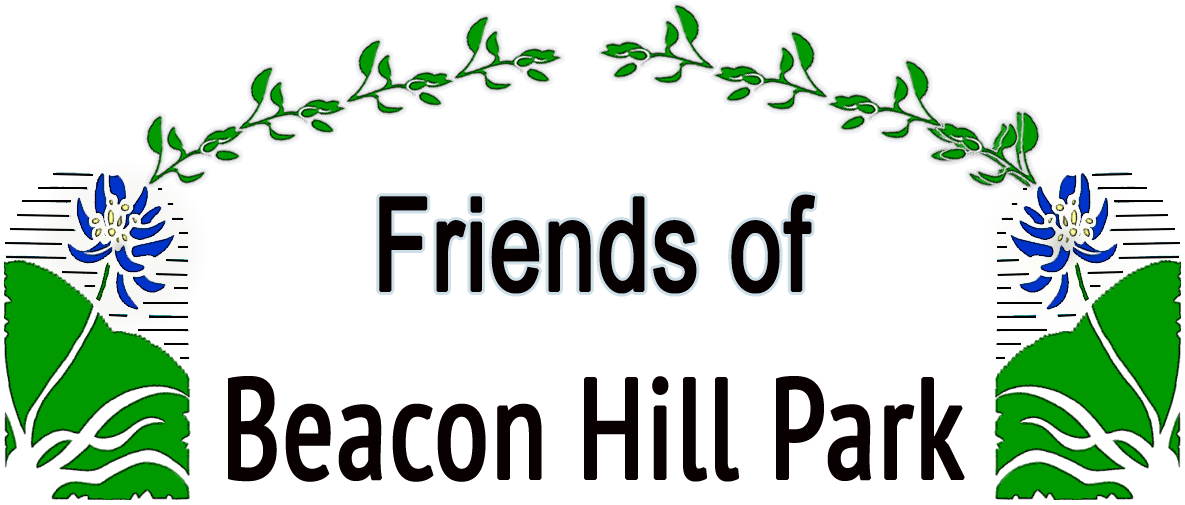|
|
|
Cameron Band ShellThe first park bandstand was constructed in 1888. This date is confirmed by the “Report of Park Committee,” comprised of George Powell, S. T. Styles and S. L. Kelly, submitted on January 10, 1889, for the year ending December 31, 1888: “We have removed the old pine stumps and levelled the ground, and erected a substantial and elegant band stand, which we trust will be used much more during the present year than in the past.” (City of Victoria Archives, CRS 16, “Report of the Park Committee,” Annual Reports of the City of Victoria, B.C., 1884-1892, 1888, p.51) In December, 2009, a twenty-four page study titled “Heritage Impact Study: Old Bandstand, Beacon Hill Park” provided details about the bandstand not previously available. The study was prepared for the City of Victoria by Donald Luxton Associates, Inc. after Parks Department planners proposed repairing and converting the structure into an information kiosk. The study reported the 1888 bandstand was designed by architect Leonard Buttress Trimen and built for $300 by contractor G. Mallette. After examining archival images, Luxton concluded the bandstand was originally located “close to the west side of the race track” [now Circle Drive] but was moved to its current location in 1900, “to enhance the picturesque aspects of the lake and Stone Bridge.” (Heritage Impact Study: Old Bandstand, Beacon Hill Park, Donald Luxton Associates, Inc., December, 2009, p. 2, 4) It is likely the old aviary structure still standing by the Stone Bridge in 2009, shown above in this Jamie Druin photo, is the original bandstand. However, it is possible that it is a replica constructed later and that records of the project were lost. On page 2, Luxton provides room for some uncertainty by stating the existing building “appears to have been the very first structure that was built in the park.” However, by page 8, he states unequivocally: “The 1888 Bandstand/Aviary...is the oldest surviving structure in Beacon Hill Park.” Luxton states the bandstand was one of the several improvements completed before the major park developments supervised by John Blair in 1889. The heritage impact study concluded the 1888 Bandstand/Aviary has “great heritage significance” because it “is the oldest surviving structure in Beacon Hill Park; is the only surviving early bandstand in the City of Victoria; was a focus of social and cultural activities in Beacon Hill Park for many years; is an integral part of the picturesque design of Beacon Hill Park; and is a superior example of late Victorian-era design and Carpenter ornamentation.” (p. 8) After examining archival images, Luxton concluded the original bandstand was an open, decagonal (10-sided) wooden structure with a shingle roof, supported on ten posts. He discovered the bandstand’s original colours by taking samples of paint from “various protected locations” on the existing building to analyze. He also examined coloured postcards of the time. A diagram in the heritage impact report pinpoints the location of three original paint colours (Pendrell Verdigris, Pendrell Red and Mount Pleasant Buff). Though no original shingles were available to analyze, Luxton explained it was typical of the era to stain roof shingles. “Most likely, the roof was stained red to match the drop slat valence: coloured postcards of the era...show either a red or green roof.” (p. 22) After a second and larger bandstand was constructed in Beacon Hill Park, the original bandstand was converted into an aviary in 1927. To accomplish this, the study explained, changes were made: “...a central wooden double-height pentagonal structure [was inserted], the centre of which is accessed through small doors, with access to the upper level loft by a ladder. A wire mesh, supported on a wood frame, enclosed the remainder of the structure into five partitions, each acting as a birdcage.” When the park's third and current bandshell was constructed in 1948, the second bandshell was destroyed. Herb Warren stated in his “Park Administrator’s Report” for the year ending Dec. 31, 1948: “Following construction of the Cameron Memorial Pavilion, the old bandstand erected in 1926 was demolished.” There was no mention of the first bandshell, which apparently continued to be used as an aviary until 1989. There is more information in the BHP History book. Do a search for: band shell |
Search: |


